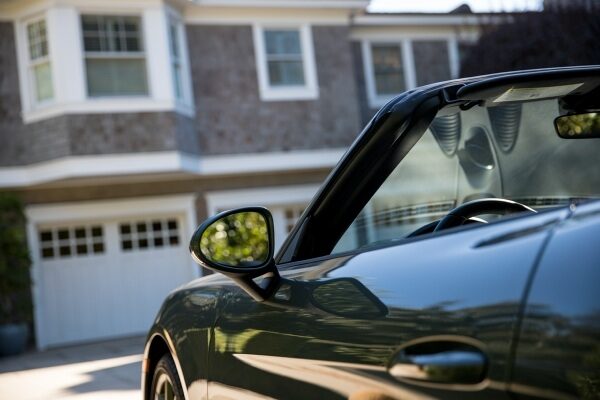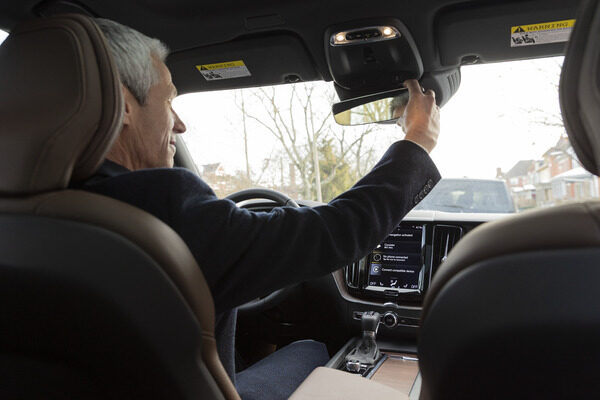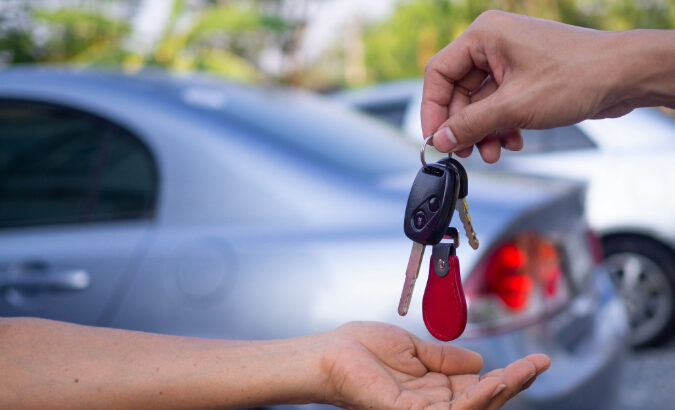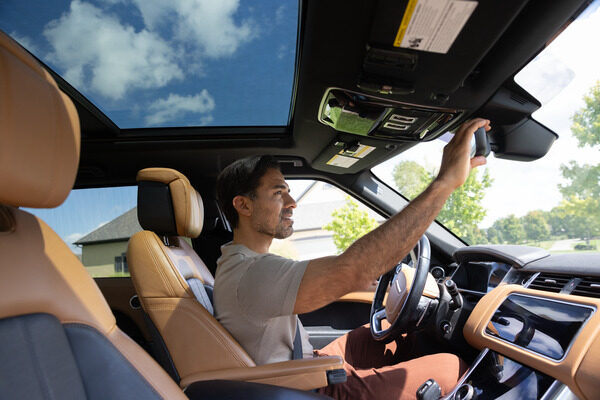
Once the weather heats up, every driver wants to roll their windows down and feel that warm breeze. Some may even take it a step further by owning a convertible. But if you’re on the fence about buying one, you may still be wondering, are convertibles safe? Furthermore, since convertibles tend to be slightly pricier, are there enough benefits to justify spending more? The following information about convertibles can help you decide what’s right for your lifestyle. Read on for a breakdown of the pros and cons of buying a convertible car.
Pros of Buying a Convertible
The advantages of buying a convertible car are:
Better visibility
Without a roof and door frames you’ll probably be able to see more around you. It can be easier to maneuver and park with the wider radius of vision that a top-down convertible offers.
Versatility
Most convertibles can easily be transformed back into a coupe or sedan with the push of a button. This versatility allows you to have the best of both worlds – the wind in your hair, but a roof over your head if you hit nasty weather.
Style
Most convertible owners love the classic, sporty look of convertibles. If you’re a style enthusiast, the wow factor of convertibles could be a pro.
More head room
For tall drivers who have trouble finding cars to suit their height, a convertible can be a comfortable solution.
Cons of Buying a Convertible
The disadvantages of buying a convertible car are:
Chassis shudder
Without a fixed roof, a car loses a major part of its structural support system, which can lead to what’s called “chassis shudder.” Reinforcements added to a convertible’s undercarriage do not always make up for loss of the roof, leading to particularly rough riding over bumps in the road.
Higher price
Convertibles tend to be $5,000 to $9,000 more expensive on average than comparable sedans or coupes. However, if the car is worth it to you personally, this isn’t necessarily a con.
Noise
Even with the top up, convertibles with soft tops can be noisy.
Susceptible to leaks
Roof materials have improved, but not enough to guarantee that water will stay outside. Whether you drive a hard-top or soft-top convertible, heavy rain and snow can still make you susceptible to leaks.
Compromised security
Obviously, it’s easier to break into a “rag top” than a sheet of reinforced metal. For a thief, convertibles can be an easy target.
Interior maintenance
Exposing the car interior to the hot summer sun takes its toll, and the same is true of convertible interiors. Seats, dashboards and other surfaces may become sun damaged and cracked over time, though proper maintenance can slow the process.
Are Convertibles Safe?
According to the Insurance Institute for Highway Safety (IIHS), convertibles as a group aren’t more likely to get into crashes. However, some models are more associated with crashes than others. You can look up your dream ride’s insurance-risk “score” on this IIHS tool.
Whether you want to buy a convertible, a sedan or any other type of car, having the right auto insurance coverage is essential to staying safe on the road. Learn more about the different types of car insurance.



